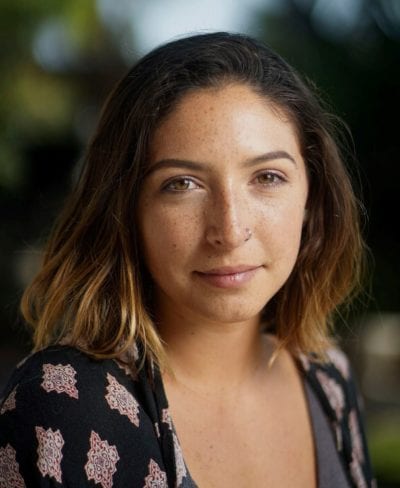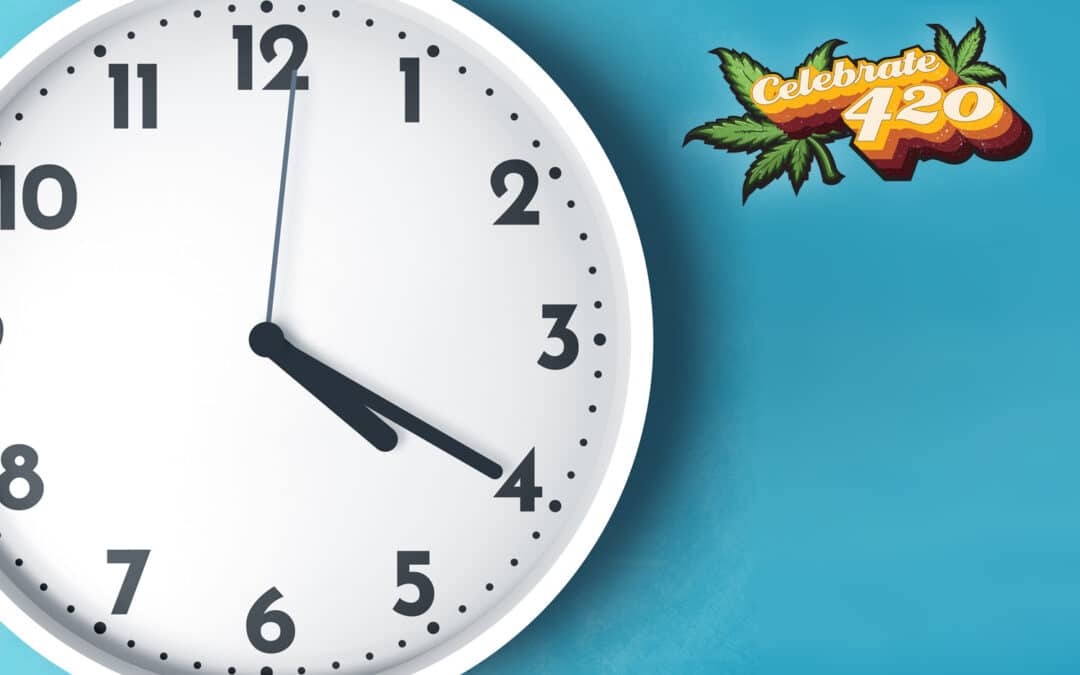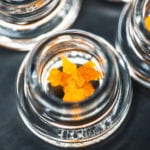The cannabis holiday is celebrated as much now as it was when it originated 50 years ago.
Brought to you as part of Torrey Holistics’s month-long 420 Celebration that culminates with tons of fun, deals, music and more from April 16 to April 20.
Stories surrounding the origins of 420, the unofficial cannabis holiday celebrated by weed aficionados around the world, are oftentimes as creative as they are numerous. Lovers of the plant frequently attribute the origins of the April 20th holiday to everything from the date of Bob Marley’s death to the code used by police to signal marijuana smoking.
The truth, however, is for once as gratifying as the pop culture stories make it out to be.
The story begins in 1971 at San Rafael High School in Marin County, California. Here, a group of wiley teenagers known as The Waldos met at 4:20 PM to smoke weed under the campus statue of chemist Louis Pasteur. The self-titled group (named because of the wall they sat by) chose this rather inconspicuous time as a result of the fact that it was after most extracurricular activities let out. Shortly thereafter, 420 evolved into the Waldo’s codeword for marijuana.
None of this, however, explains how the term rose to popularity. The start of its ascent to the public consciousness began when one of the Waldos, Dave Reddix, became acquainted with Grateful Dead bassist Phil Lesh. Ever the counterculturalists, the psychedelic rock band quickly adopted the term, peppering it into their performances and solidifying it as an integral part of Deadhead lingo (ironically, many of the Waldos themselves did not identify as counterculturalists—they avoided talking politics and participated in sports such as football, cross country, and track).
While the term was used widespread among the pot-smoking followers of the Grateful Dead for several decades, 420 later gained further cultural prominence when High Times magazine reporter Steven Bloom attended a Grateful Dead concert in 1990. Here he received a flyer from a fellow fan emblazoned with the words, “We are going to meet at 4:20 on 4/20 for 420-ing in Marin County at the Bolinas Ridge sunset spot on Mt. Tamalpais.” Bloom brought the new lingo back with him through his reporting at High Times, which later fueled its rise among mainstream cannabis lovers.
Since then, 420 has largely come to symbolize the movement for cannabis legalization. 420 celebrations occur every year around the globe—much to the disdain of local law enforcement. In California, passage of SB 420 in 2018 established a legal, adult-use cannabis market in the state. Cultural icons continue to capitalize on the term as well, with references found in chart-topping movies, music, magazines, and more (all of the clocks in Quention Tarantino’s Pulp Fiction, for instance, are set to 4:20).
As of now, it does not look like the term is going away anytime soon. With more and more countries opening up to the idea of cannabis legalization, 420 will continue to occupy a space in the hearts of weed-lovers everywhere.
These statements have not been evaluated by the FDA. Nothing said, done, typed, printed or reproduced by Torrey Holistics is intended to diagnose, prescribe, treat or take the place of a licensed physician.
About the Author

“420 Waldos, 4/20 Origin, Four Twenty.” 420 Waldos, 16 Sept. 2020, 420waldos.com.
Holland, Brynn. “The Hazy History of ‘420.’” History.com, A&E Television Networks, 19 Apr. 2017, www.history.com/news/the-hazy-history-of-420.



